Absolutely! Industry-level software and web application testing goes beyond basic bug-hunting—it’s a strategic and deeply layered process designed to ensure stability, security, scalability, and user satisfaction at enterprise scale. Here’s a breakdown of the most essential and advanced testing methods used across industries:
1. End-to-End (E2E) Testing
Simulates real user scenarios from start to finish.
Validates entire workflows, integrations, and data exchanges.
Ensures that all components—from UI to backend—work in harmony.
2. Integration Testing
Tests the interaction between modules, services, APIs, and databases.
Crucial for microservices and distributed systems.
Detects interface mismatches, data flow errors, and communication failures.
3. Load & Stress Testing
Measures performance under expected and peak traffic loads.
Identifies bottlenecks like slow queries or memory leaks.
Helps optimize infrastructure before scaling.
4. Security & Vulnerability Testing
Includes penetration testing, static and dynamic analysis (SAST & DAST).
Protects against threats like SQL injections, XSS, CSRF, and unauthorized access.
Often integrates tools like OWASP ZAP or Burp Suite.
5. Compliance & Accessibility Testing
Ensures apps meet regulations (e.g., GDPR, HIPAA) and accessibility standards (WCAG).
Automated tools paired with manual testing ensure legal and user-friendly experiences.
6. Continuous Testing (CI/CD Integration)
Automated tests run with every code commit via pipelines (e.g., Jenkins, GitHub Actions).
Enables fast feedback loops and reliable deployments.
7. User Acceptance Testing (UAT)
Validates that the software meets business requirements.
Done by actual users or stakeholders in a staging environment before go-live.
8. Localization & Internationalization Testing
Checks functionality, layout, and content across languages and regions.
Verifies proper date formats, currencies, character sets, and cultural adaptations.
9. Containerized & Environment Testing
Ensures applications run smoothly in Docker/Kubernetes environments.
Verifies consistency across dev, test, staging, and production setups.
10. Robotic Process Automation (RPA) Testing
Validates workflows powered by automation bots.
Used in finance, HR, logistics, and other high-volume transactional systems.
